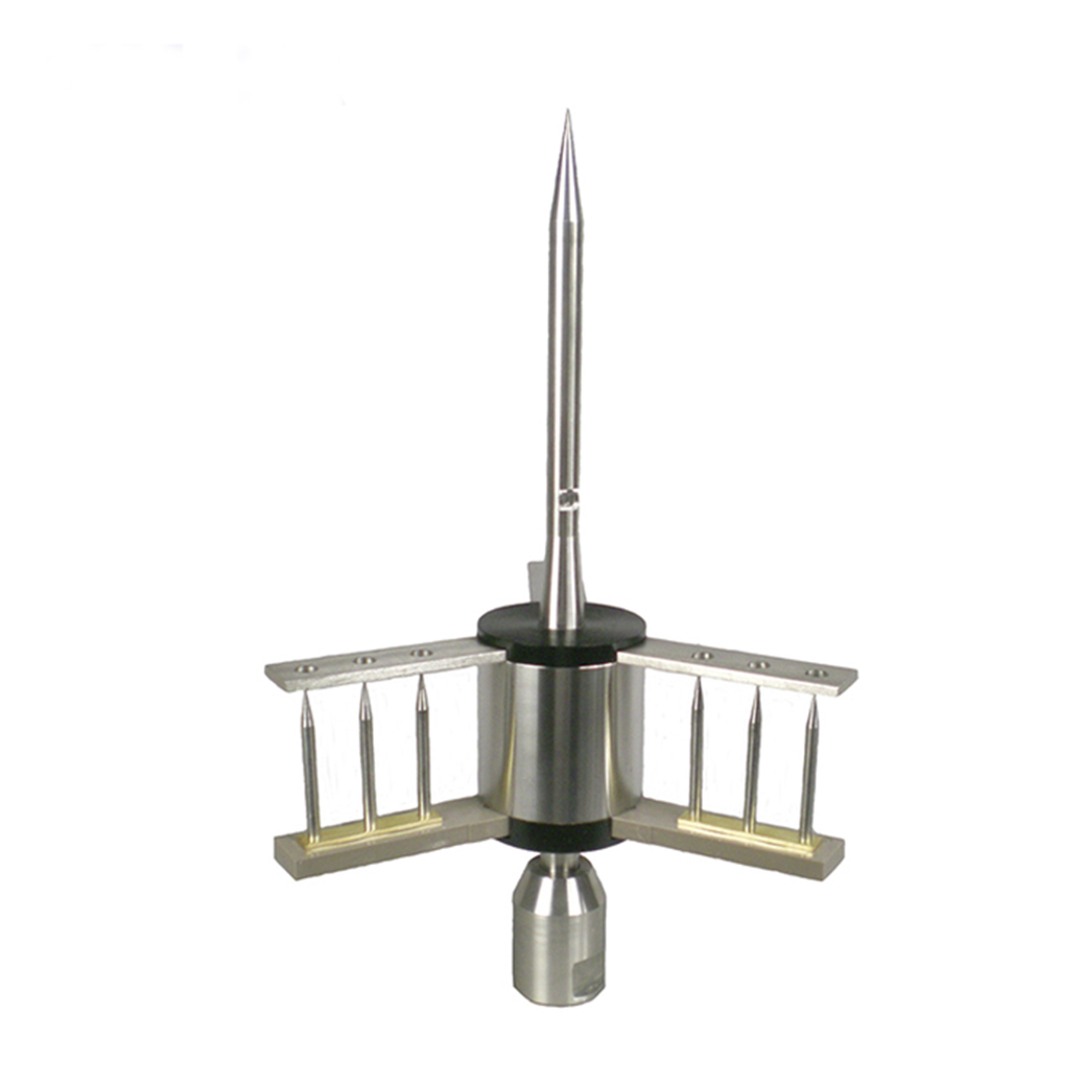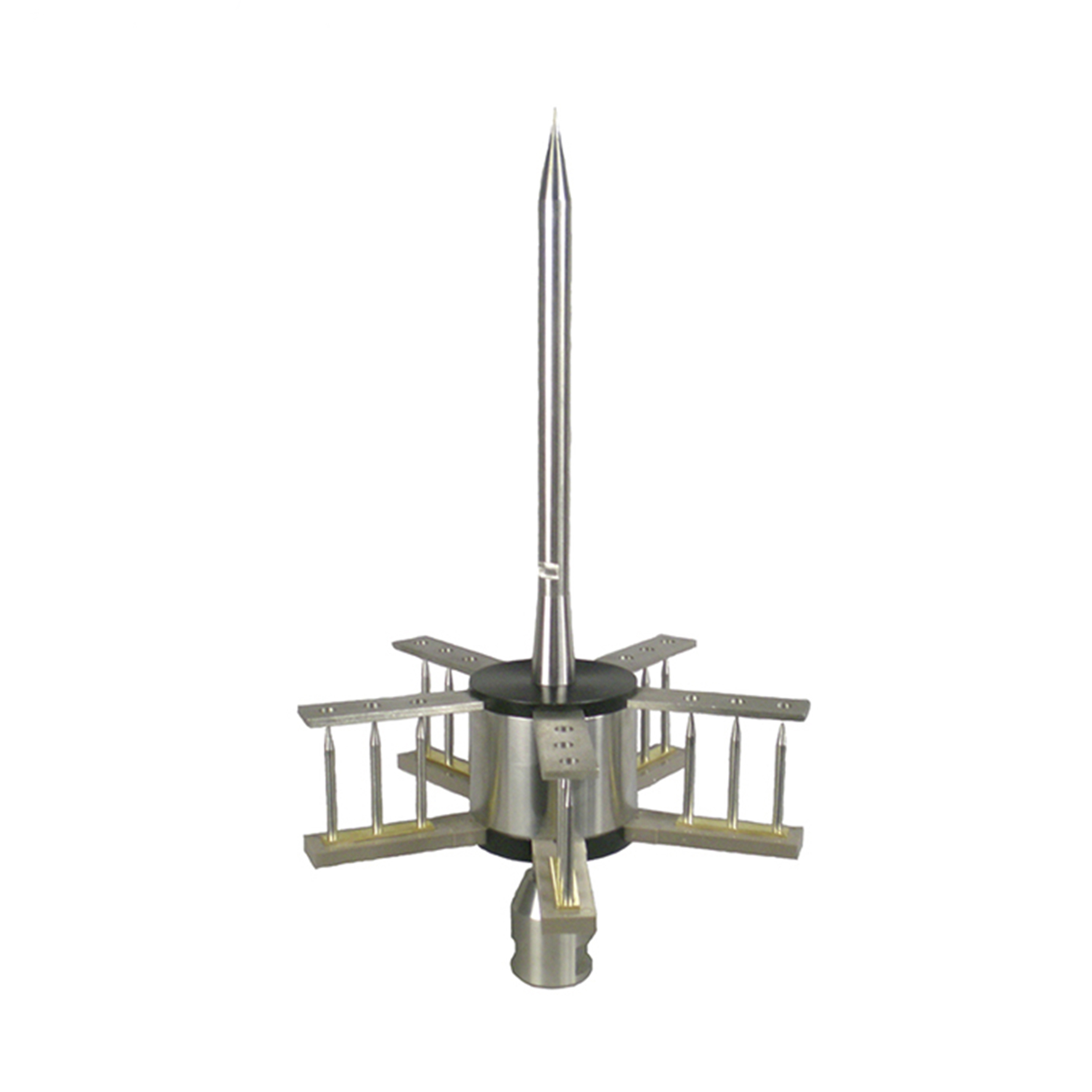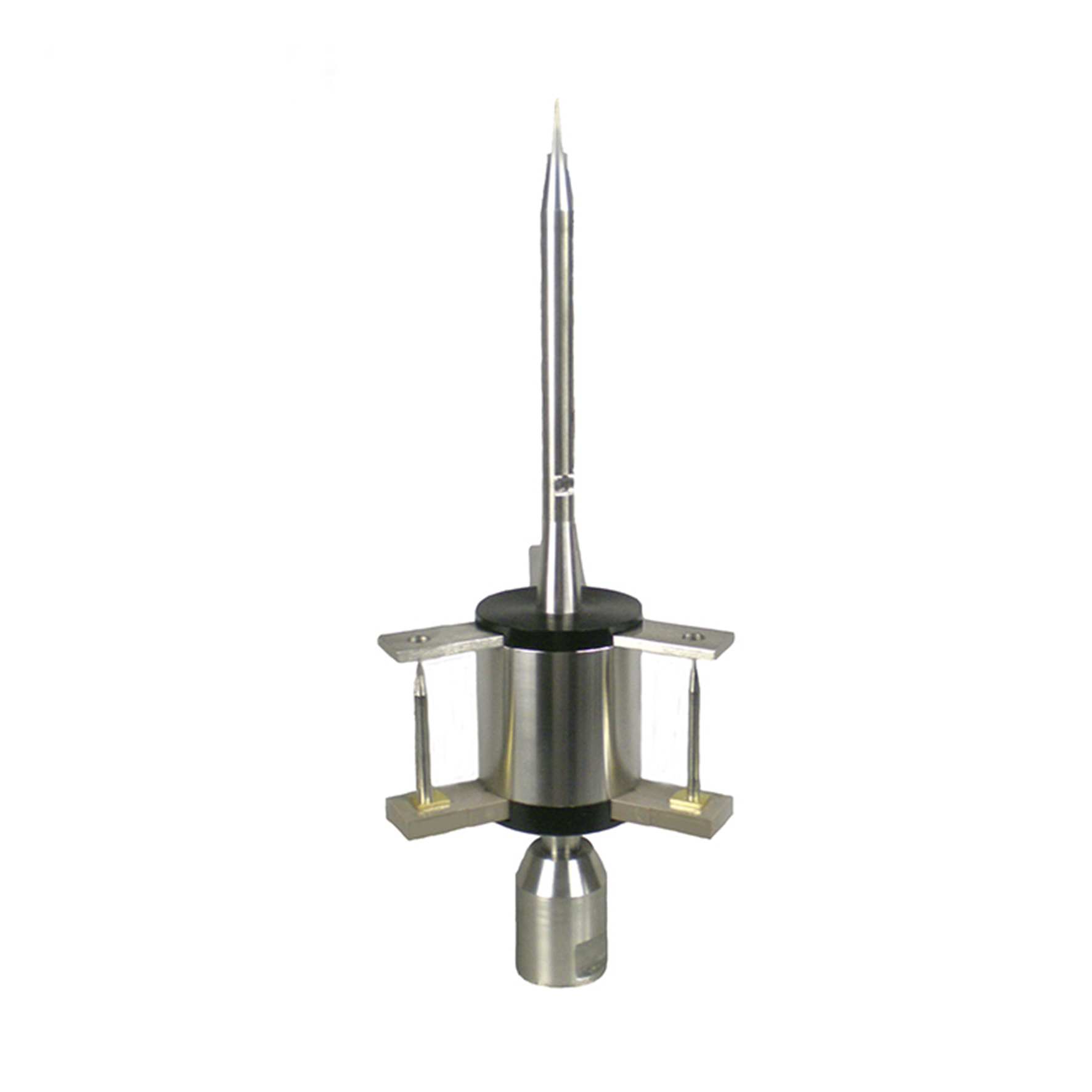In areas with frequent lightning, such as Guangdong Province in China with an annual lightning strike rate of 20-30 times, lightning rods are essential. The probability of lightning striking buildings is between 0.1% and 0.3%. Buildings without lightning rods have a 30% chance of fire due to lightning strikes, resulting in annual economic losses of hundreds of millions of RMB. High-rise buildings face greater lightning risks; for example, a 150-meter high office building in Beijing had repair costs of 700,000 RMB due to lightning damage in 2008. Lightning rods effectively reduce fire and equipment damage, enhancing building safety.

The Necessity of Installing Lightning Rods
In areas with frequent lightning, installing lightning rods is crucial. In Guangdong Province, the annual lightning strike rate is 20-30 times. The probability of lightning striking buildings in these areas is higher, and buildings without lightning rods may catch fire from lightning strikes. Statistics show that about 30% of lightning strikes cause fires, with annual economic losses reaching hundreds of millions of RMB. Lightning rods effectively guide lightning into the ground, significantly reducing fire rates and improving building safety.
High-rise buildings, such as office buildings and upscale residences, have higher lightning strike probabilities due to their height. For instance, a 200-meter high office building in Beijing had severe electrical damage and repair costs of 700,000 RMB due to lightning in 2008. Building standards require lightning rods for buildings over 24 meters to reduce lightning risks and protect structures and equipment.
Lightning damage to internal electronic devices is also significant. Data from electronics manufacturers show that lightning damage rates in frequent lightning areas reach 40%. For example, lightning caused electrical damage in a southern residential area with losses over 50,000 RMB. Lightning rods protect electrical systems and appliances, reducing damage and enhancing property safety.

Evaluating the Need for Lightning Rods
When evaluating whether a house needs lightning rods, consider geographic location and climate conditions. In southern China, lightning activity is frequent with 20-30 strikes annually, and the probability of lightning hitting buildings is 0.1% to 0.3%. Buildings without lightning rods have a 20% chance of fire from lightning strikes. In these areas, lightning rods effectively reduce fire risks and protect building safety.
The need for lightning rods is more pronounced in high-rise buildings. A 150-meter high office building in Beijing had repair costs of 700,000 RMB due to lightning in 2008. Building standards mandate lightning rods for buildings over 24 meters to address higher lightning risks and ensure building safety and stability.
Surrounding environment factors also impact the need for lightning rods. Tall trees or other high structures can attract lightning, increasing strike risk. Insurance company data show that equipment damage rates from lightning in frequent lightning areas reach 40%. For example, equipment damage due to lightning in a residential area resulted in losses over 50,000 RMB. In such cases, lightning rods effectively reduce internal electronic equipment damage, protecting appliances and important devices.

Benefits of Lightning Rods
Data from the National Meteorological Bureau indicate that lightning-induced fires result in annual economic losses of hundreds of millions of RMB. For example, a mall in a southern city suffered 8 million RMB in losses due to a lightning-induced fire in 2019. Lightning rods effectively guide lightning to the ground, preventing fires and significantly reducing losses. In a high-rise residential area in Guangzhou, fire rates dropped by 50% after installing lightning rods.
Electronics manufacturers report that lightning damage rates in frequent lightning areas reach 40%. In 2020, lightning caused electrical damage in a southern residential area, with total losses of 60,000 RMB. Lightning rods reduce equipment damage, protect valuable electronics, extend their lifespan, and lower maintenance costs.
Surveys show that buildings with lightning rods have higher market value than those without, especially commercial buildings. For instance, office buildings with lightning rods command 15% higher rents than those without. Lightning rods also improve insurance conditions, reduce claim risks from lightning, and enhance investment returns. Overall, lightning rods significantly increase building safety, reduce property losses, and boost market value.
